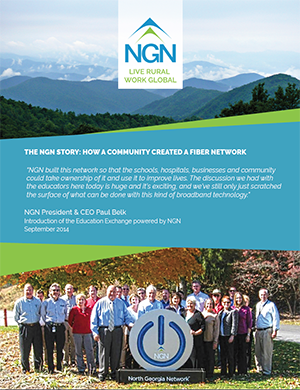 Amazing opportunities to provide a higher level of patient care have been made in the healthcare industry in the last few decades due to advances in modern technology. Notably, high-speed broadband networks have facilitated the growth of a new segment within the industry: telemedicine.
Amazing opportunities to provide a higher level of patient care have been made in the healthcare industry in the last few decades due to advances in modern technology. Notably, high-speed broadband networks have facilitated the growth of a new segment within the industry: telemedicine.
Historically the terms telehealth and telemedicine have been considered interchangeable and are defined as the delivery of healthcare services using telecommunications infrastructure and related technologies to virtually support patient care, health education and administrative activities. Telemedicine’s clinical services include remote patient consultations, diagnoses and monitoring, as well as the transmission of healthcare documents, images and patient data.
With telemedicine programs, patients are able to have appointments with specialists that are located hundreds, if not thousands, of miles away without leaving the confines of their home town. This can be especially helpful for those that cannot afford the steep costs of traveling across the country, but need medical assistance beyond what their community can provide.
Residents of rural communities, in particular, are seeing major benefits from telemedicine programs, as they no longer have to take off work and drive hours away to seek appropriate routine or specialized medical care. Ultimately, increased access to routine checkups catches more serious ailments early, which not only significantly lowers the cost of healthcare in the long run, but also makes for a healthier community.
Children in such communities often benefit the most, as schools adopt telehealth programs that provide clinics to students who may not have regular access to healthcare for a variety of reasons, whether it be distance or financial factors. These school-based programs boost student health allowing them to physically thrive, be sick less often and focus more on their studies.
Telehealth programs require dependable, high bandwidth connections to provide uninterrupted video-based appointments to their patients. Out of all the technologies used to deliver these connections, fiber is by far the most reliable with the lowest latency and highest speeds. Constructing a fiber optic network is a very costly process though, that can take substantial time before it is ready to be utilized. Hospital administrators’ primary concern is their patients’ well-being, not constructing telecom infrastructure. As such, they often rely on network providers to grant them the access they need to practice telemedicine.
Luckily, NGN’s network has exactly what the healthcare industry needs to support telemedicine initiatives. Our network helps provide healthcare at the speed of light by offering high-speed, Internet with world-class transfer speeds through our dependable, HIPAA-compliant private networks. Our members’ healthcare-grade Internet service provides the high bandwidth and low latency connections required to implement rural telehealth programs and more. Please click here to learn how the NGN network is changing healthcare in rural Georgia.


